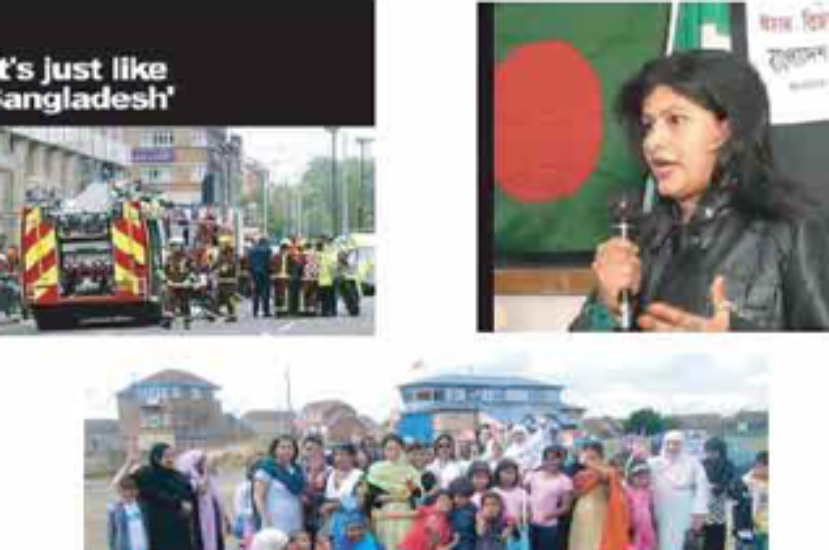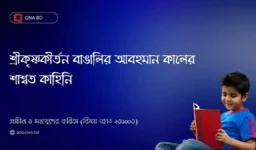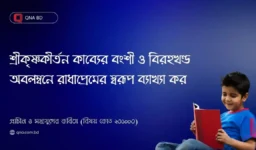1. Warm up activity:
□ In the preceding lessons, we have looked at the lives of diasopric Bangladeshis in Brick Lane and Italy; the following passage, adapted from an academic essay by Tanzina Chowdhnry, Is about the history of Bangladeshi migration to UK Read it and then carry out the activities that follow:
2. Text
Bangladeshi Community in the UK
Migration from Bangladesh to Britain started in 1930s and was predominantly a Sylheti phenomenon. Men of this particular geographical area employed by the British ship companies first started the process of migration. These men were largely illiterate and belonged to the landless peasantry. After the World War II, due to labor shortages, British government encouraged labor migration from its former colonies. The postwar British economy demanded cheap and plentiful labor, much of which was recruited from South Asia.
Since Sylhet had already forged a strong link with the UK, most new labor was drawn from there. Sylhetis, based in the UK, helped each other to integrate into the new society by providing credit, arranging documents, and gradually spreading the network. During the 1950s, the numbers increased dramatically. However, along with people from poorer backgrounds, a small number of urban upper and middle class Bangladeshis also migrated even before the World War II for higher education and settled in the UK.
According to the 2001 census, 283,063 Bangladeshis lived in the UK, which is 0.5 percent of the total population. In Britain, they are primarily concentrated in Greater London and the third generation of Bangladeshi population, those ‘born and bred’ in Britain, constitute half of the community. The largest Bangladeshi population outside London is located in Oldham, and the others are scattered across Birmingham, Luton and Bradford. British Bangladeshis are predominantly Muslims. Studies reveal that the second and the third generation Bangladeshis seem to uphold their Muslim identity rather than their identity as Bangladeshis.
However, the absence of a strong tie does not mean that the Bangladeshi community is completely detached from their homeland. In the era of globalization and social networking, like other diaspora communities, British Bangladeshis are also linked to their countries of origin by phone, mail, Internet and television. By the virtue of technological advancement, communication of news is rapid and sustained, which gives migrant communities a sense of belonging to multiple homes. In particular, the first generation of migrants continues to regard Bangladesh as central to their identity.
3. Guess the meanings of the words in Column A from the context and match them with the meaning given in Column B:
4. Answer the following questions:
a. Who were the first generation of Bangladeshis to migrate to Sylhet and how did they migrate?
b. Who were the second generation of Bangladeshi migrants in Britain and what reasons did they have for going to Britain?
c. Which class dominated in the first two generations of Bangladeshi migrants to Britain? Were all the migrants in the 1950s illiterate and poor?
d. Where do Bangladeshi migrants prefer to settle down in Britain?
e. How do Bangladeshi migrants in Britain connect to their country at this time?
f. According to the passage, which generation of Bangladeshi migrants is most closely connected to Bangladesh and which generation feels the least for the country?
5. This is an academic essay, based on research and surveys. Point out words and phrases used in the passage that indicate the academic nature of the writing.
6. The passage is organized on the basis of chronology i.e. in order of occurrence in time. Show how the writer carefully organizes the information assembled in the passage according to time periods and generations.
7. Discuss the use of facts and figures in the passage. What purposes do they serve? How are they organized?
8. Quite a few of the words used in the passage end with -ly such as ‘predominantly’ and ‘completely’. Make a list of these words. What purpose do they serve? What parts of speech do they belong to? Now make sentences of your own with these words.
If you want read the next unit please click the link below:
Unit Twelve: Peace and Conflict




Leave a comment